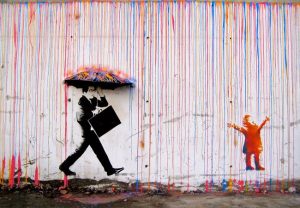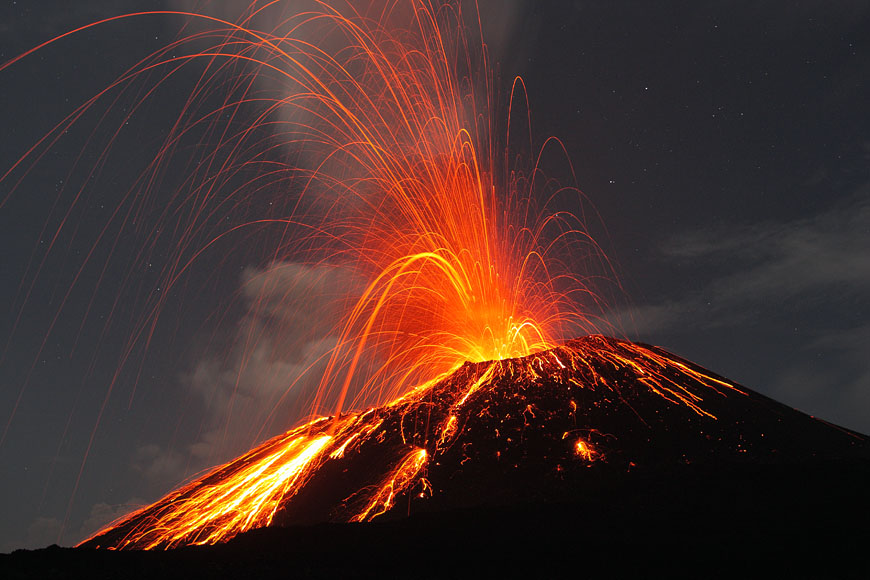This is actually from Semester 1 of Grade 10, but I read it again and I’m genuinely proud of it so I’m posting it here so it may be immortalized on the internet.
The link between mathematics and philosophy was my entire inquiry project, so I apologize if you don’t read something incredibly profound about how math is actually grounded in unanswerable questions, just like philosophy. If you are looking for that, please see my inquiry project write-up. Instead, I’m going to go really in depth into specific mathematically philosophical questions.
Language is one of those human concepts that are simultaneously infuriating in its limits and exhilarating in its possibilities. I’ve often felt betrayed by the English language, as I search for a word that perfectly describes what I’m feeling, only to discover that it doesn’t exist. However, as a lover of literature, it’s difficult to stay angry for long. Humans are able to describe nearly everything in our visible universe, and we like to feel that we know everything there is that needs to be known, and then some. But that feeling doesn’t really matter to discoverers and inventors, so it inevitably always gets ignored. Us humans have the concept of infinity, defined as something with no ends and no limits. It just goes on and on and on (like me!), and it is impossible for humans to fully grasp this concept. We rely so heavily on physical representations of ideas, thus making complex concepts, like time travel and infinity, unimaginable to us. We can’t imagine something that doesn’t exist to us, and that is to be expected. So, why do we talk about the infinite so much, when it doesn’t even apply to us?
One perspective is the mathematical side. We use concepts like infinity in, say, graphing, because we logically know that there no boundaries to a function like x + 1 = y. We can represent this on a graph or in a table of values, but all the values of y are impossible to list, because they’re infinite. You can add one to any number an infinite number of times, and you will still get a possible y value. This concept also applies to fractions and negative integers, even irrational numbers. Pi plus one is just π + 1, shortened to 4.1415… Even irrational numbers, that we use so often in mathematics, go on infinitely! An irrational number is defined as a non-terminating, non-repeating decimal, therefore it goes on infinitely. We use these little infinities constantly: pi, phi, certain ratios and fractions. We also find these irrational numbers in nature – the Golden Ratio can be seen almost everywhere in nature, and is directly linked to the Fibonacci sequence. Therefore, this tells us that some form of infinity must exist outside of humans, that there are situations where never-ending and limitless concepts exist.
However, (there’re a lot of those in this little composition) we can also look at infinity philosophically. When we talk about something that never ends, we begin to erase the basic aspects of life itself – as morbid as it sounds, death and decay. If, for example, human beings were infinite, we would either never die or our bodies would never decompose. Either one. But then there’s the idea of souls, or some sort of aspect of humanity that is separate than the total sum of our parts. It is my belief that, if one were to completely clone a living person, give them the exact same memories and emotions as the original, you would still get someone completely different. This new person would not be the old one in all shapes and forms, but that missing aspect is unknown. I’m not sure if this missing aspect is infinite in its existence, but it’s definitely possible. We can also think about infinite time philosophically. Often, we ask ourselves if anything we do is worth it, if it’s all towards some purpose or if it’s even going to remain. Logically, we may know that whatever we make and everything we do will eventually disappear, but we don’t know when. Our brains are hardwired so that the idea of humanity perishing, of us just ceasing to exist, terrifies us. There’s the survival instinct, of not wanting to die, but we also don’t like the idea of putting all this work, effort, and time into the things we’re proud of, and thinking that they will have been for nought. I know I don’t like thinking about it.
Our brains tell us that time isn’t infinite, but science tells us that the universe itself might be. According to multiple theories, proposed by those much more educated than I, there are an infinite number of possibilities in an infinite number of dimensions in an infinite universe. This is described as the multiverse theory, and it gives a certain amount of hope that things are better somewhere in our supposedly infinite universe. Although, this also means that things are worse, but good and bad are all relative and depend on our definitions, so it’s inevitably a language issue, which I touched on earlier, and this whole mind-screwing idea is a topic for another composition. Anyway, according to this theory, literally anything is possible, and that sounds like something you’d see on a poster with a sunset in the background, but it’s also a mathematical goldmine. In inequalities that state x ≥ y, x can be equal to or larger than y, meaning x can be equal to almost anything other than y. However, if y is equal to negative infinity (-∞) x can be anything, including negative infinity. Because infinity (even negative infinity) is, you know, infinite.
Some infinities are larger than other infinities, but that’s per our current definition of infinity. This definition might change with more concepts introduced over time or more “mathematical evidence”, but it always just comes down to language and how we interpret it. When I think of the word “infinity”, I think of the multiverse theory. Other people might think of infinite time, of wormholes, of graphs. The thoughts that come into our minds when we think of infinity are, dare I say it, endless. Does this imply our own thoughts, the little electric shocks zooming through our brains at thousands of miles per hour, are infinite? Who knows? Why do we even care? If they are infinite, why? Why wouldn’t they be? I can come up with multiple answers to each of those questions, but none of them are definitive, which is really cool. This implies that even our most logical field, mathematics, isn’t definitive. It implies that current science isn’t definitive, and it’s all just theory, when you really think about it. Philosophy as we know it has managed to worm its way into every aspect of logic with its unanswerable questions, almost always beginning with “why”. Maybe this explains why we use “y” as a variable. Maybe it doesn’t, but that’s okay. (If the multiverse theory is to be believed, then there is a Sara who knows why, or has at least convinced herself that she does.)
I think what I took away most from these philosophical discussions in math class was accepting that sometimes there isn’t an answer, that math isn’t necessarily the say-all, do-all. It’s mostly about discussion and exploring all these ideas. Maybe it’s naïve of me to think about, but how much could we do if we acknowledged that not everything is clean-cut with a simple answer and a picture? If we did things out of pure curiosity (as I do most of the time), and because we think there might be a positive outcome? Is there any better way of doing things?







